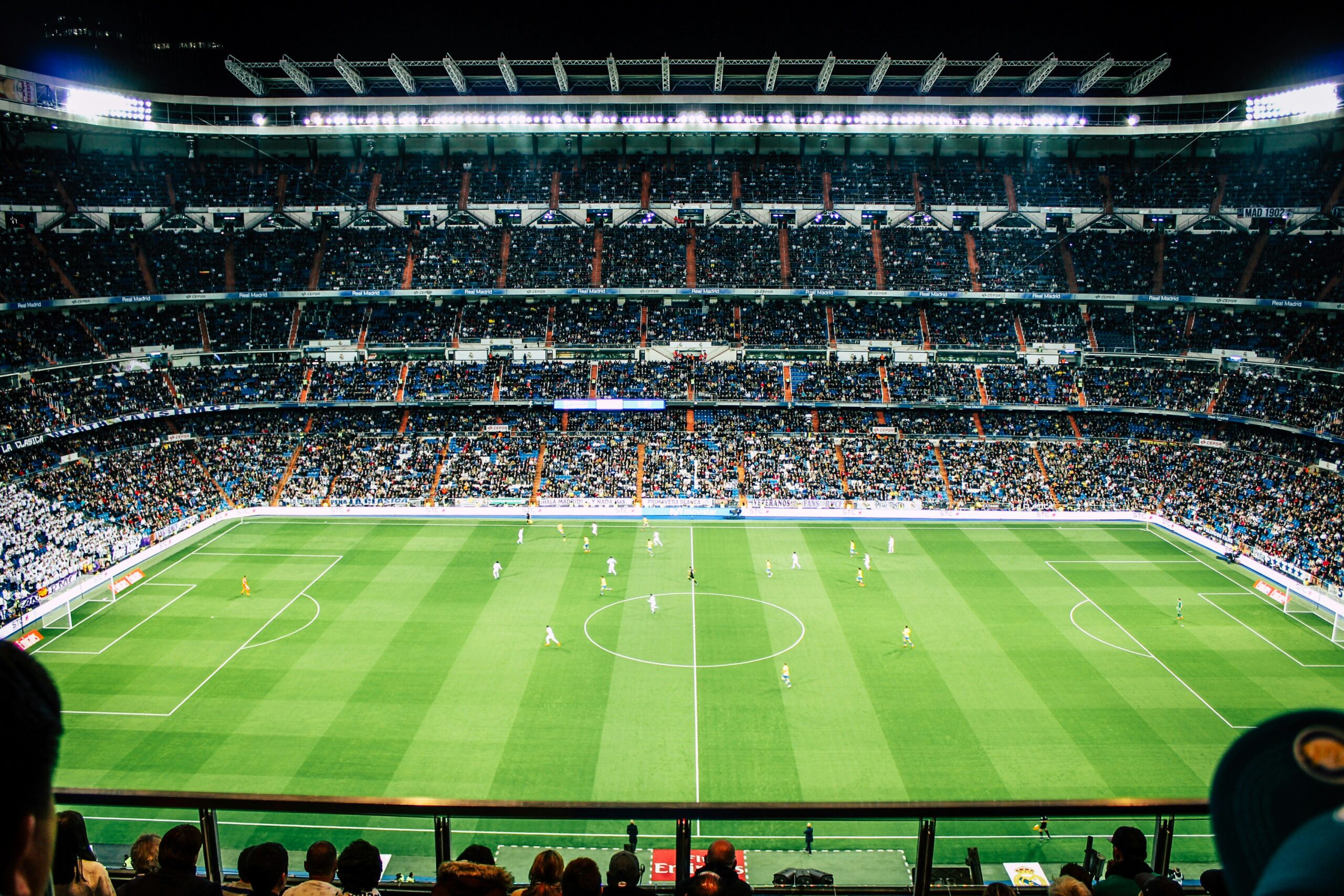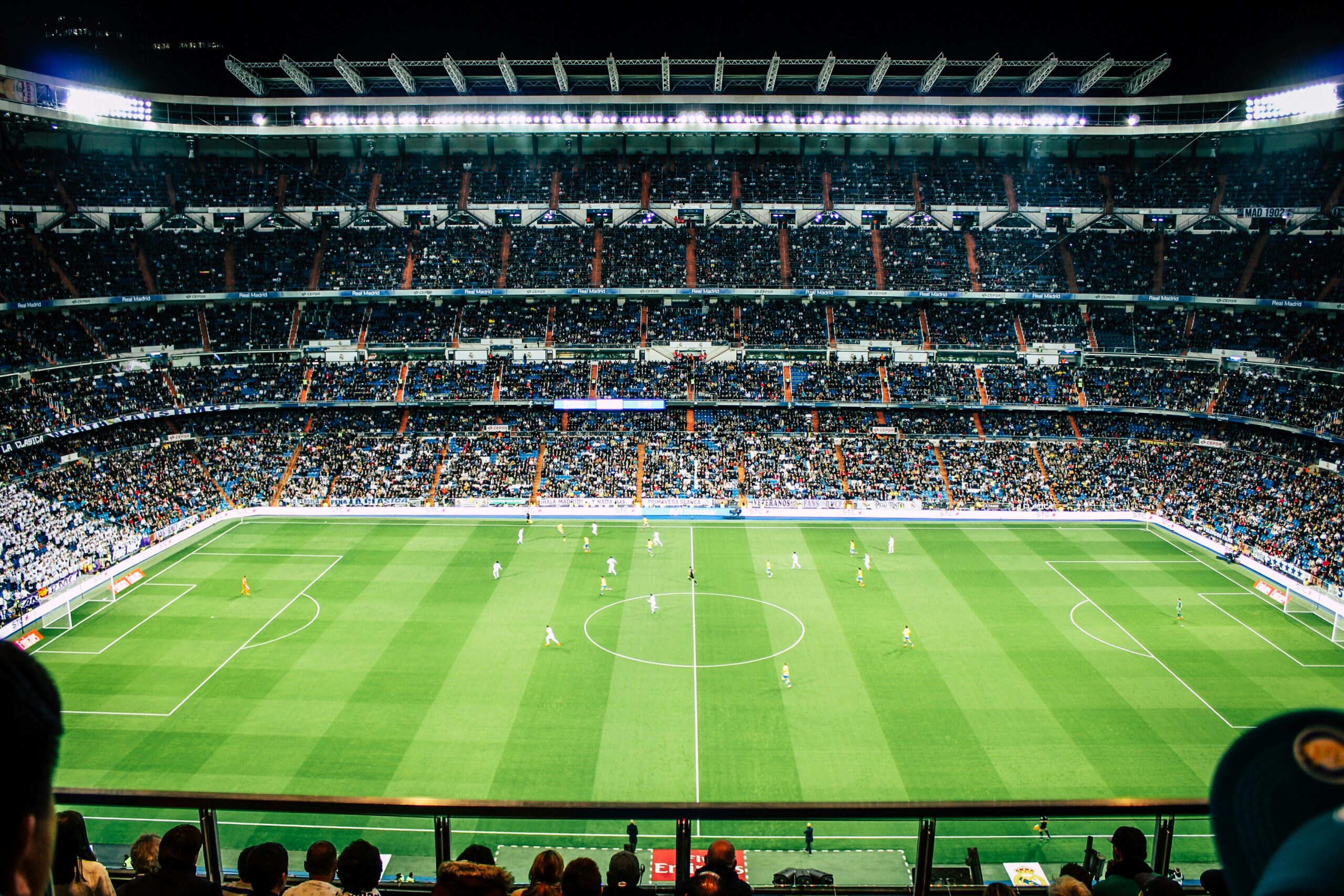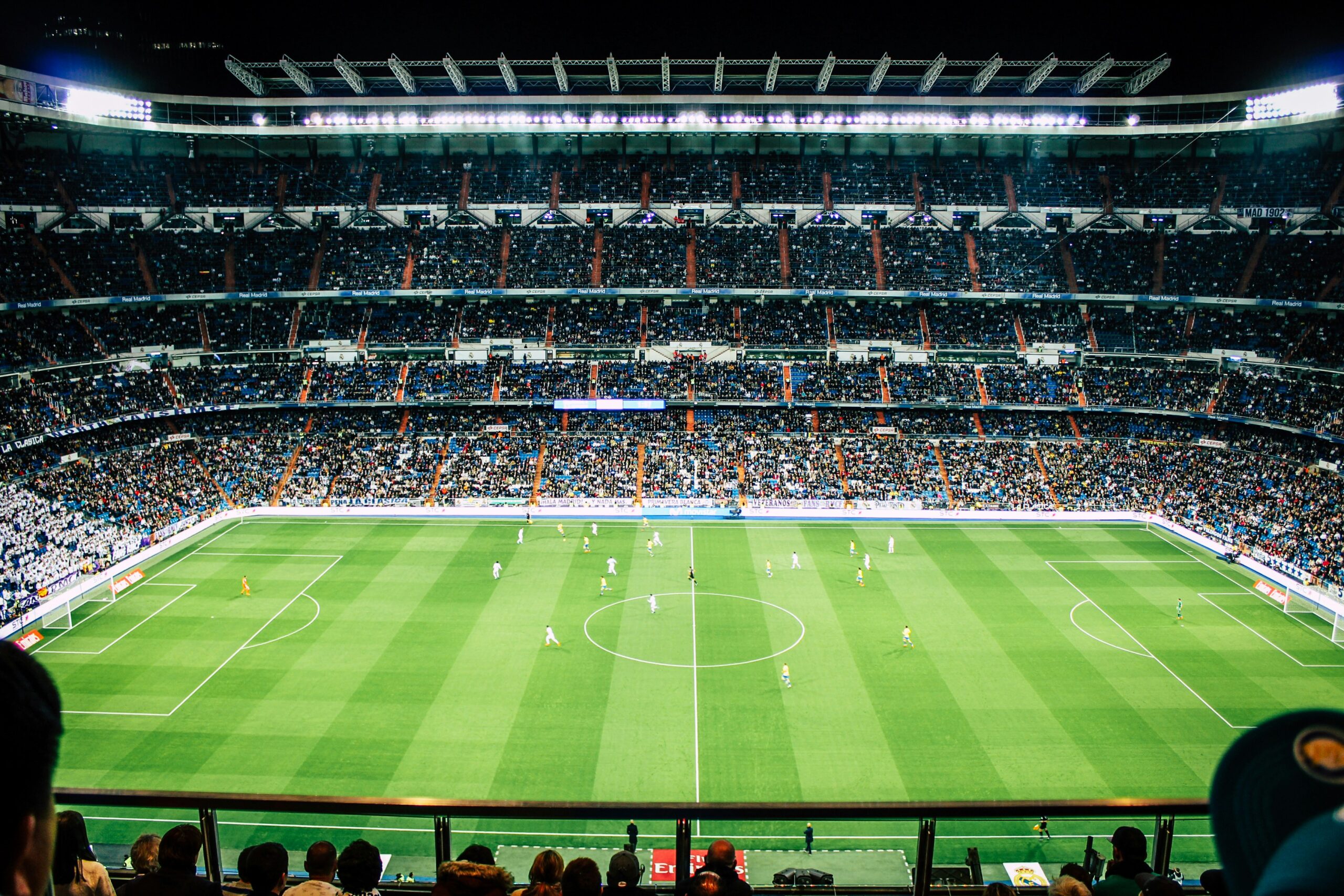Introduction to the Rivalry
The rivalry between Southampton and Brighton is one that encapsulates the passionate spirit of English football. With a geographical distance of approximately 50 miles, these two coastal clubs have developed a competitive relationship that spans over a century. Their encounters, often referred to as the “South Coast Derby,” are marked by fierce competition and intense emotions, not just from players but also from dedicated supporters on both sides.
The origins of this rivalry can be traced back to the late 19th century when both clubs were founded. Southampton Football Club was established in 1885, while Brighton & Hove Albion was founded shortly thereafter in 1901. Historical context plays a significant role in shaping their encounters; as regional neighbors, the clubs often competed for the same local talent, thus intensifying their rivalry.
Culturally, Southampton and Brighton have distinct identities, further amplifying the competitive dynamic. Southampton, recognized as a bustling port city, contrasts with the more laid-back, seaside atmosphere of Brighton. Both towns not only celebrate their respective football clubs but also boast rich histories and diverse communities, fostering a sense of local pride among fans. This cultural connection enhances the significance of their matches, as each victory bears weight beyond mere points on the league table.
As we delve deeper into the encounters between Southampton and Brighton, it becomes evident that their rivalry is not just about football; it intertwines local heritage, regional pride, and community spirit. The passion displayed during matches reflects the essence of what the sport embodies. Knowing the historical backdrop enriches the understanding of this enduring rivalry and sets the stage for the enduring legacy it continues to forge in English football.
Key Historical Matches in the Southampton vs Brighton Rivalry
The intense rivalry between Southampton and Brighton has yielded a variety of memorable clashes over the years, each sparking excitement among fans and further fueling the competitive spirit. One notable match occurred on February 7, 2017, during the FA Cup fourth round. Southampton secured a 3-0 victory at St Mary’s Stadium, where goals from Nathan Redmond, a pivotal figure, and others highlighted the team’s robust performance. This defeat was particularly significant for Brighton, as it underscored Southampton’s strong standing in the competition at that time.
Another remarkable encounter took place on January 30, 2021, as both teams met in the FA Cup. Brighton edged out Southampton with a 3-2 victory after extra time. This match saw a thrilling display of skill from Leandro Trossard, who scored the winner and displayed his capability as a crucial player for Brighton. The tension during this match was palpable, and the back-and-forth nature of the scoreboard exemplified the fierce rivalry.
One of the historical highlights of this fixture occurred on the final day of the 2019-2020 Premier League season. Brighton managed a critical 2-1 victory over Southampton, ensuring their safety in the league while simultaneously denying Southampton a higher finish. This match was characterized by a standout performance from Neal Maupay, whose early goal set the tone for the game and showcased Brighton’s determination to secure their place in the top tier of English football.
These key encounters illustrate not only the competitive dynamic between Southampton and Brighton but also the emotional stakes that are often involved. Each match encapsulates unique moments and performances that contribute to the enduring intensity of this rivalry, shaping the history of both clubs and their supporters.
Recent Form and Current Standings
As Southampton and Brighton prepare to face each other in their latest encounter, it is pertinent to evaluate their recent performances and standings within the league. Southampton, traditionally a strong contender in the Premier League, has had a challenging start to the season. Currently positioned in the lower half of the table, their form has been inconsistent, with fluctuations between impressive victories and frustrating defeats. This unpredictability has raised concerns among fans and analysts alike regarding their capability to secure crucial points in upcoming matches.
Brighton, on the other hand, has made substantial progress in recent seasons and currently occupies a better spot on the league table. Their attacking play, complemented by a solid defense, has seen them garner positive results in many of their fixtures. The Seagulls have showcased resilience and creativity on the pitch, which has allowed them to climb among the mid-table contenders, significantly increasing their chances of qualifying for European competitions.
Recent head-to-head encounters indicate that both teams have shared victories, further intensifying the rivalry. While Southampton often relies on their strong home support at St. Mary’s Stadium, Brighton has proven to be effective on the road, which could present a challenge for the home side. Additionally, key player performances will be crucial; Southampton’s stars will need to rise to the occasion, while Brighton’s consistent line-up has been showing promising synergy. As the match approaches, trends such as injuries and players’ form will undoubtedly play a vital role in determining the outcome of this exciting fixture.
Notable Player Contributions
The Southampton vs Brighton rivalry, steeped in history and competitive fervor, has been significantly shaped by the performances of key players from both teams. Notable contributions in terms of goals, assists, and defensive plays have defined this rivalry, captivating fans and adding layers to the narrative of each match-up.
For Southampton, figures such as Matt Le Tissier stand out as legendary contributors. Le Tissier, often celebrated for his extraordinary finishing skills, scored several memorable goals against Brighton, including a stunning long-range effort during a pivotal league encounter. His ability to change the course of a game with a single strike cemented his status as a fan favorite and regarded him as one of the greatest players in the club’s history.
On the other side, Brighton has its share of iconic players, such as Glenn Murray, who has carved out his own legacy in this rivalry. Murray’s knack for being in the right place at the right time has seen him net crucial goals against Southampton. His clinical finishing and leadership on the pitch have not only earned him accolades but also a special place in the hearts of Brighton supporters.
Defensive contributions also hold substantial weight in this rivalry. Saints defenders, like José Fonte, have produced crucial defensive performances, nullifying Brighton’s attacking threats on several occasions. His commanding presence at the back was instrumental during key matches, earning acclaim from fans for his resilience and tactical awareness. Conversely, players like Lewis Dunk for Brighton have been vital in orchestrating their defenses. Dunk’s ability to read the game and make crucial tackles often neutralizes Southampton’s attacking plays, proving his value in these heated contests.
Ultimately, the contributions of notable players in the Southampton vs Brighton rivalry resonate deeply with fans, enriching the history and competitiveness between the two clubs.
Managerial Rivalry: Tactics and Strategies
The managerial rivalry between Southampton and Brighton has garnered attention not only for the on-pitch performances but also for the divergent tactical approaches employed by their respective managers. Both clubs, with distinct philosophies, have aimed to maximize their strengths during encounters, which gives insight into their playing styles and formations.
Southampton, in recent seasons, has frequently favored a possession-based approach under their managers, emphasizing intricate build-up play and pressing in key areas. This tactical approach is designed to control the game while creating scoring opportunities through patient, systematic movements. Formations such as 4-2-3-1 or 4-3-3 have characterized Southampton’s play, offering flexibility to transition between defense and attack. The reliance on centrally-oriented playmakers allows the Saints to dictate pace, making their matches a showcase of tactical discipline and ball retention.
In contrast, Brighton’s managerial tactics have leaned towards a more aggressive pressing game combined with rapid transitions. Their managers have often employed formations like 3-4-3 or 4-2-2-2, allowing for width and pace on the flanks. This strategic framework is designed to exploit the opposition’s defensive lapses, creating fast break situations that can catch teams off guard. Brighton’s emphasis on transitioning quickly from defense to attack has become a hallmark of their style, showcasing their resourcefulness against teams that may dominate possession.
The rivalry between these two teams is accentuated by the tactical chess match between the managers. Each matchup provides an opportunity for further evolution in their strategies, with both clubs striving to assert their dominance in this local derby. The battle on the sidelines has significant implications for the outcome, as each manager continually adapts their approach in pursuit of victory.
Fan Culture and Rivalry Atmosphere
The rivalry between Southampton and Brighton is characterized by a vibrant and passionate fan culture that transforms match days into unique experiences. Supporters of both clubs exhibit an unwavering loyalty that is deeply embedded within their identities. The atmosphere at St. Mary’s Stadium and the American Express Community Stadium is electric, often marked by intense vocal displays, choreographed displays, and colorful banners that reflect the pride fans take in their teams. The rivalry ignites fierce competition, motivating fans to create an unforgettable environment during matches.
Prior to kickoff, the buildup among supporters is palpable. Anticipation runs high as fans engage in banter, sharing predictions and discussing past encounters. Tailgating and socializing outside the stadiums add to the excitement of the day. For many, supporting a club transcends mere attendance; it involves a commitment to the culture and community that fosters a sense of belonging. While the rivalry showcases a friendly competitiveness, it can also exacerbate tensions, sometimes spilling over into negative behaviors. Instances of fan altercations and clashes often make headlines, overshadowing the sporting event itself, but they reflect the deep-rooted passion that defines this spirited contest.
Both clubs’ fan bases often take pride in their traditions, and this rivalry has cultivated a strong sense of family within the stands. Many fans across generations get together to support their teams, sharing stories of their favorites matches. The songs and chants resonate throughout the stadium, connecting present-day supporters with historical achievements. However, it is important to recognize the responsibility that comes with such fervent loyalty. Efforts are being made by both clubs to promote positive behavior, emphasizing community engagement and tolerance during matches. Ultimately, the Southampton vs Brighton rivalry serves as a testament to the rich tapestry of football culture in England.
Impact on the Community
The rivalry between Southampton and Brighton extends far beyond the pitch, significantly influencing the local communities of both cities. On match days, the economic activity in and around the stadiums surges, benefiting various local businesses. Pubs, restaurants, and shops often see an influx of customers, as supporters from both teams flock to the venues to celebrate or commiserate before and after the match. For many local establishments, these matches represent crucial revenue opportunities, often resulting in tailored promotions and events aimed at attracting fans.
Moreover, the communal aspect of the rivalry fosters a sense of identity and pride among residents. Supporters often express their loyalty to their teams through various forms, including wearing club colors and participating in fan-led events. This not only reinforces community bonds but also encourages active participation in local culture. Events such as charity matches, fan meet-and-greets, and community gatherings thrive around the sporting calendar, uniting people from different backgrounds under a shared passion for football.
The rivalry also has social implications; it engages local youth through various programs designed to promote sportsmanship and teamwork. Many clubs in both cities run outreach programs aimed at encouraging young people to engage with football in a positive manner. These initiatives help instill values such as discipline, commitment, and healthy competition, while simultaneously reinforcing community ties. Playing on a local level brings younger generations into the fold, ensuring that the traditions and spirit of the rivalry are preserved for years to come.
As a result, the Southampton vs Brighton rivalry serves as a catalyst for economic growth and social cohesion within both communities, making the impact much more substantial than just the outcomes of football matches. The passion it ignites in the local populace fosters an enduring legacy that resonates on and off the field.
Future of the Rivalry
The Southampton vs Brighton rivalry, steeped in history and regional pride, is likely to undergo notable transformations in the coming years. Factors such as shifts in league dynamics, player transfers, and evolving football strategies will play a significant role in shaping the future encounters between these two clubs. In recent seasons, both teams have showcased varying degrees of success in the English Premier League, which can impact the intensity and significance of their matchups. As Southampton and Brighton compete for paramount league positions, the implications of relegation battles or potential European qualifications can elevate the stakes of their encounters.
Player transfers are another vital factor that may influence the rivalry. With each transfer window, clubs reassess their squads, often leading to significant changes in team composition. If one club successfully recruits key talents while the other struggles to retain its stars, this disparity can shift the balance of power in head-to-head meetings. Developing young players, employing strategic acquisitions, and managing player contracts will all be critical for both teams to maintain competitiveness and fuel the rivalry.
Furthermore, evolving football strategies and tactical frameworks can impact the style of play and results in future matchups. As coaching philosophies and analytical approaches continue to develop, teams may adopt new methods to outmaneuver their rivals. The ability of both Southampton and Brighton to adapt to these changes will determine their success in future fixtures. By embracing innovative tactics, honing team coordination, and capitalizing on their strengths, these clubs can enhance the rivalry, ensuring that it remains captivating for fans and stakeholders alike.
In conclusion, the future of the Southampton vs Brighton rivalry will likely be influenced by multiple external factors. The interplay between league performance, player movements, and tactical evolution will set the scene for many exciting encounters ahead.
Conclusion: The Essence of Rivalry
The Southampton vs Brighton rivalry serves as a captivating spectacle in English football, reflecting not just the competition on the pitch but also the deeper emotional connections between fans and their clubs. This regional rivalry, often characterized by fierce loyalty and passionate support, transcends mere sporting encounters. Instead, it encapsulates a historical context that is rich with local pride and cultural heritage. The matches between these two clubs have become vivid showcases of the spirit of camaraderie and rivalry, drawing in spectators and igniting the enthusiasm of long-held allegiances.
The essence of this rivalry can be traced back to the geographical proximity of Southampton and Brighton, with both cities having strong football traditions. These encounters are not merely games; they are events that evoke memories, ignite discussions, and foster communal identities. It is this underlying emotional element that elevates the Southampton vs Brighton fixtures beyond typical league matches. Fans eagerly anticipate these clashes, understanding that the outcome can have lasting implications for club pride and local lore.



